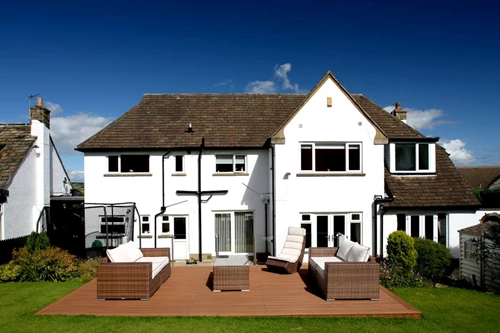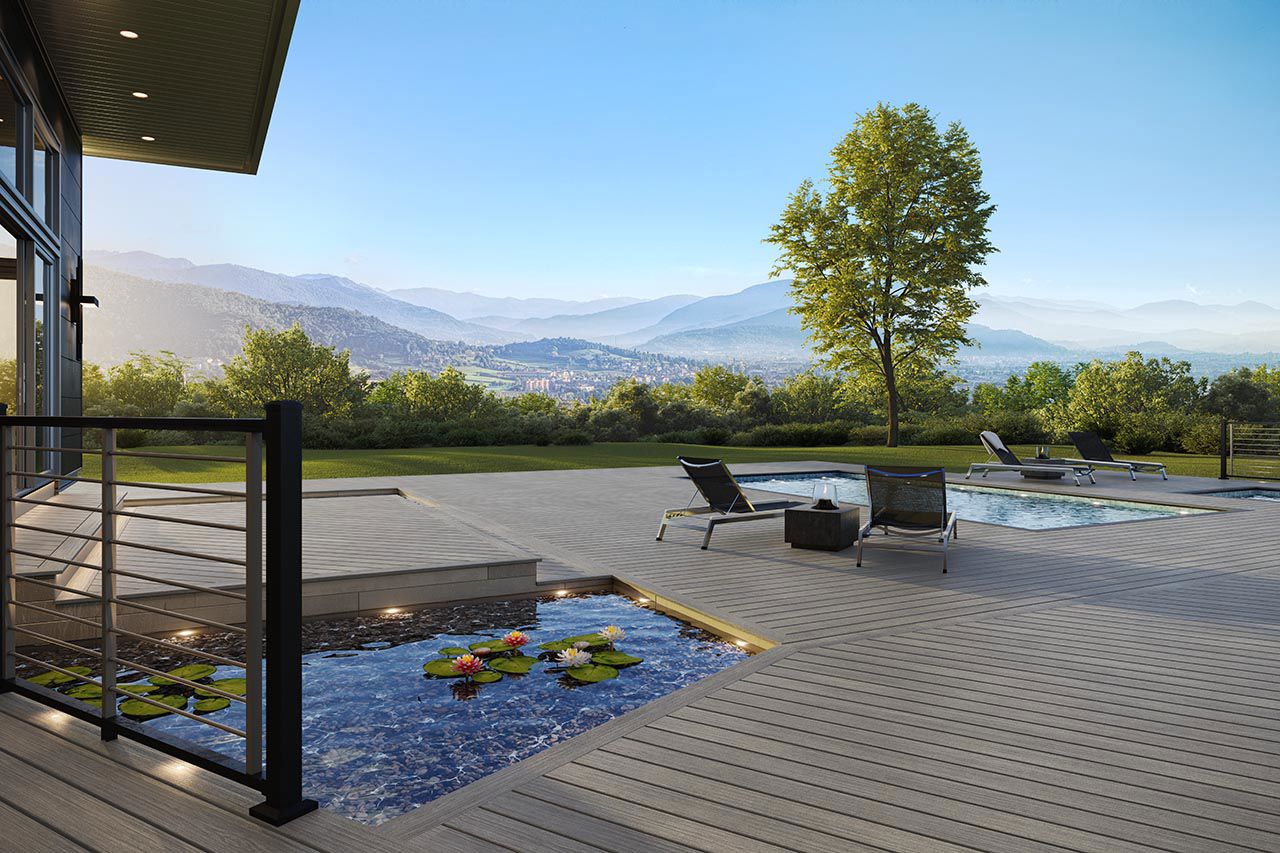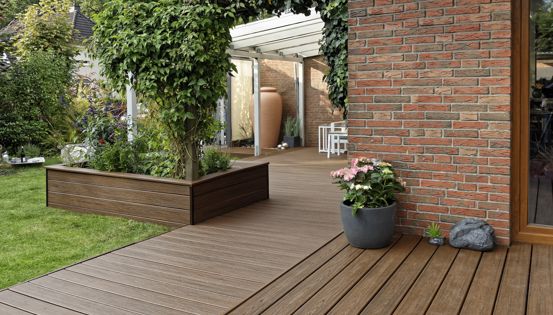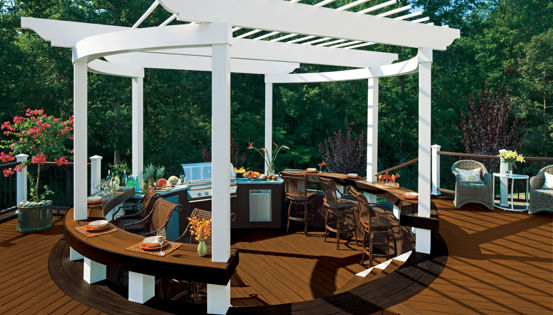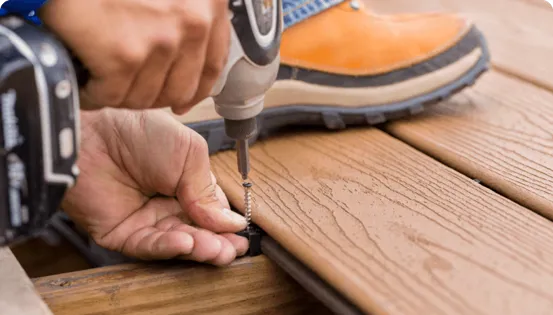When planning a deck, patio, garden, or other outdoor projects, starting with a properly graded yard is crucial. Grading involves shaping the land to improve functionality and ensure proper drainage. Whether you’re tackling the project yourself or hiring a professional, understanding the basics of grading will help you avoid costly mistakes and achieve the best results.
Why Is Grading Your Yard Important?
Grading your yard serves several purposes, with proper drainage being the most critical. A poorly graded yard can lead to water pooling near your home, which can cause foundation issues, basement leaks, and soil erosion. Standing water can also damage grass and landscaping, and create a breeding ground for pests.
In addition to drainage, a well-graded yard provides a stable base for outdoor structures like decks and patios, preventing washouts and uneven settling over time. It also enhances the aesthetics of your property. Proper grading is a fundamental step in protecting your home, ensuring the long-term durability of those backyard projects, and just getting the most from your outdoor spaces.
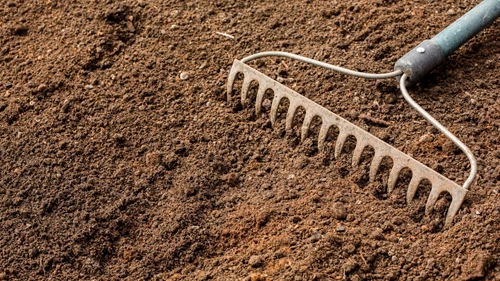
Is Yard Grading the Same As Leveling?
Grading and leveling are related, but not identical concepts. Leveling refers to creating an even surface, while grading involves creating a slope to guide water away from your home and other structures. Think of leveling as smoothing out bumps and dips, which is ideal for gardens or sports fields.
Grading, on the other hand, requires a calculated slope to ensure proper water flow. Both may be necessary for a project, but understanding the distinction is important for achieving your goals.
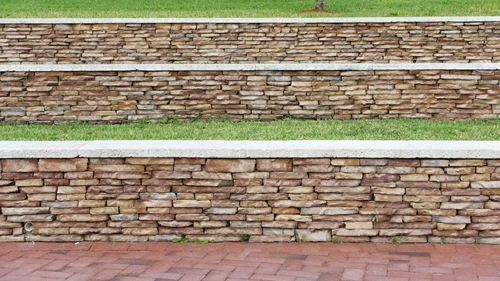
How Much Should a Yard Slope?
Building codes require that the ground immediately surrounding your home’s foundation drop no fewer than 6 in. within the first 10 ft. That equates to a 5% drop. Further out in your yard, the recommended slope is about 3 in. per 10 ft. or a drop of about 2.5%. Any slope under 2% could lead to pooling water, and when the slope of a yard nears 15%, erosion issues can arise, as well as an increased risk of lawn mowing accidents. One way to drastically reduce the slope of a steep yard is to create tiers with retaining walls.
How Much Does It Cost To Regrade a Yard?
The cost of regrading a yard can vary widely based on factors such as the size of your yard, its current condition, and regional labor rates. Small patches can be graded with a rake and shovel. However, most grading projects will require a skid steer. You can rent a skid steer for $350 to $550 per day.
If you don’t feel comfortable operating a large piece of equipment safely, hiring a professional would be the smarter option. Professional skid steer operators charge $75 to $150 per hour, not including hauling any soil in or out. A pro can usually knock out a standard regrading project in less than a day.
Tools Used To Measure Grade
Accurately measuring the slope of your yard is a crucial first step before beginning any grading work. The process is straightforward: establish a level line across your yard, and then measure the height difference between the two ends. To help you get started, here are some commonly used tools for the job:
- Laser levels: These provide precise readings and are ideal for larger yards. Their price has dropped in recent years, and they can also be rented for less than $100 per day.
- Water levels: This ancient method of finding a level plane and determining slope is inexpensive, accurate, and rather fun.
- String line levels: String lines are less accurate than laser or water levels, but they are simple and cost-effective for measuring slopes over distances less than 40 ft.
- Smartphone apps: Several apps use your phone’s built-in sensors to estimate slope, although they may not be as accurate as traditional tools.
Avoid These Common Mistakes When Regrading Your Yard
- Build decks and patios on undisturbed soil: Driveways, sidewalks, patios, and deck footings need to be built on stable or undisturbed soil to avoid problems related to settling. If you need to raise the grade in a construction area with new soil, make sure you compact that soil properly before building on it.
- Don’t overpay for the soil: “Topsoil” works best for growing grass, but it costs more than standard “clean fill.” If you need to bring in large amounts of new soil, use clean fill for most of it and spread topsoil only on the top several inches.
- Go over existing grass: Tearing up existing sod can be one of the hardest parts of regrading. If you need to raise the grade in a grass-covered area that will be covered with grass again, there is no reason to tear up the existing sod.
- Consult a local building official: Changing the grade on one lot often affects the drainage on the lots surrounding it. That’s why most urban and suburban municipalities have strict regulations about grading. Always get permission before you pick up that shovel.
- Locate the utilities first: Always call 811 to have your utilities located before you dig.
- Don’t forget about irrigation lines: The technicians who come to locate your buried utility lines will not locate and mark the water lines for your sprinkler system. Even if you know where all the sprinkler heads are located, you may want to hand-dig in areas where there may be a buried irrigation line.
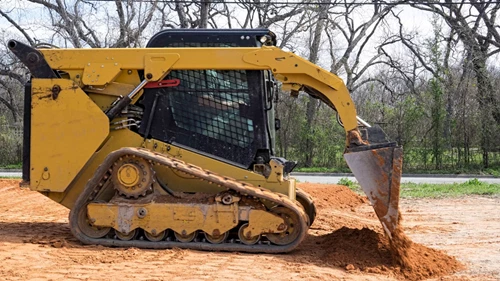
Who Should I Call To Regrade My Yard?
For major grading projects, it’s best to consult a professional landscaper or excavation specialist. These experts have the experience and equipment to handle complex jobs, ensuring your yard has the proper slope and drainage. When you’re hiring a pro, look for someone licensed and insured with positive reviews or references. You can start your search by asking your local landscaping supplier if they could recommend a reputable company.
